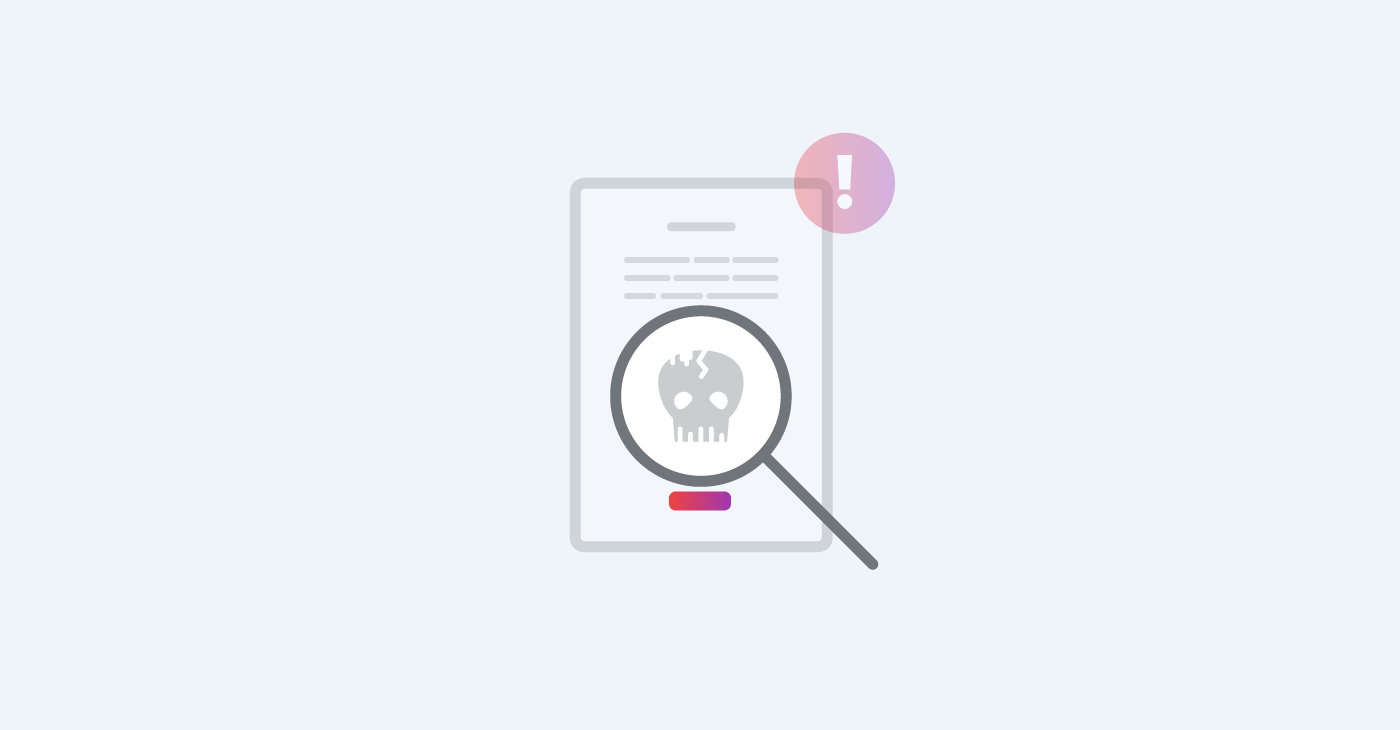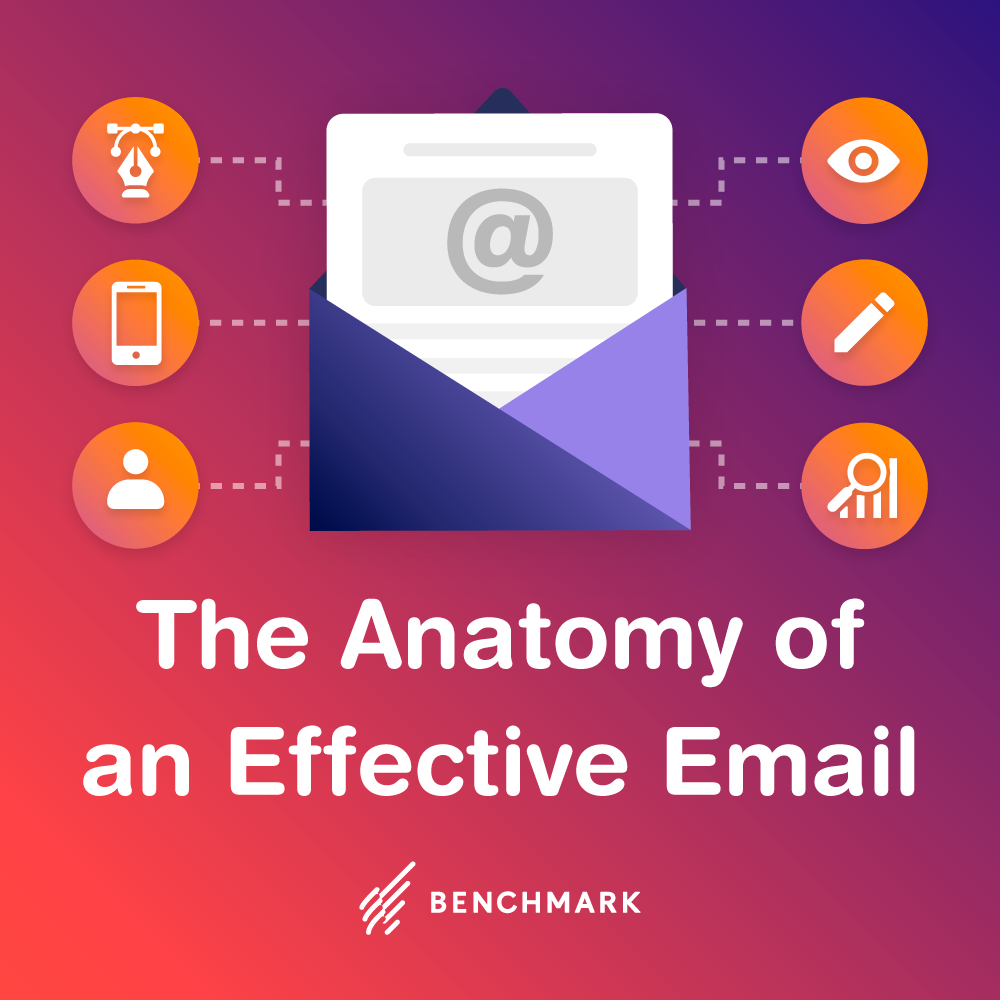
You won’t hear it as much, but there are days in email marketing where it may seem like a Final Destination and everywhere you turn, there is some hair-raising event that might be the end of you. Things like sending an email in error or sending to the wrong list, large numbers of spam and unsubscribe complaints, or disappearing emails or lists. You might be thinking, “that will never happen to me,” the characters in Final Destination didn’t either!
After spending some time in support, taking calls and helping email marketing software users handling tough situations, receiving a call that a sender had sent an email in error, or that the email has errors is quite common. We’re all human so we make mistakes, but this can be a nightmare if people notice the problem, especially if it’s big like missing an entire section.
So what can you do to avoid accidentally sending an email? There are a couple of ways to prevent this nightmare. Don’t link or associate your list to the email when you create the email. This will prevent you from accidentally sending to the wrong people. Some services may require you to select a list before continuing creating the campaign, if that is the case, create a test list with your colleagues so if you accidentally send the email, it is to someone you know.
Some services may be able to stop an email from sending but it is not recommended. Regardless of the infrastructure that the email is sent with, one an email is sent and received in the subscriber’s inbox, there is no way to reach in there to take it back. All the service may be able to do then is stop the remaining subscribers from receiving the incorrect email. Then when you are done and the email is good to go, then associate the campaign with your list.
Now you’re sending your email to your subscribers, but murphy’s law applies. The next horrific ordeal you’ll have to go through is a bunch of people unsubscribing and clicking spam. Unfortunately, the damage is done. You can recover by cleaning your list and definitely getting rid of those unsubscribes and complainants. You can also prevent this ordeal from happening by using a tactic called Double Opt-in.
Double opt-in is that email a subscriber receives after signing up to a list. It’s a little annoying, but it plays an important part. This double opt-in email will filter the contacts who just want a little nibble of what you got, from the ones who want to be your subscriber and not cause you problems. Without it, who knows what kind of people will sign up to your list.
Another common panic-inducing nightmare that does happen, are lists and email drafts disappearing. It happens to the best of us, but that feeling of panic that sets in when you see, or rather, don’t see that item where it’s supposed to be. Hopefully, you have a backup of the email or the of the list, right? It’s a good idea to have a backup but what can you do when you’re just not that lucky.
There is a silver lining just like any horror movie and it although it doesn’t apply to every situation, it’s a chance of survival. It’s ideal to have a separate backup of your list in another system, or as it’s own backup file. If your list is missing, you wouldn’t have to start over, but you may not be able to get back all missing contacts by going back to your previous email reports. If your system allows, you might be able to view your contacts and restore them that way.
For email drafts that have gone missing, it might be trickier. Much like recovering your missing list, it won’t be perfect and it might be a version that was being worked on, better than starting all over. If you have sent yourself a test email or a sample email to a colleague for review, that is your backup. Without getting too technical, the HTML code of that email is what you want to get and use, essential as a template. Sometimes there is a message at the bottom saying the email is a sample, that can still be removed in the HTML code.




